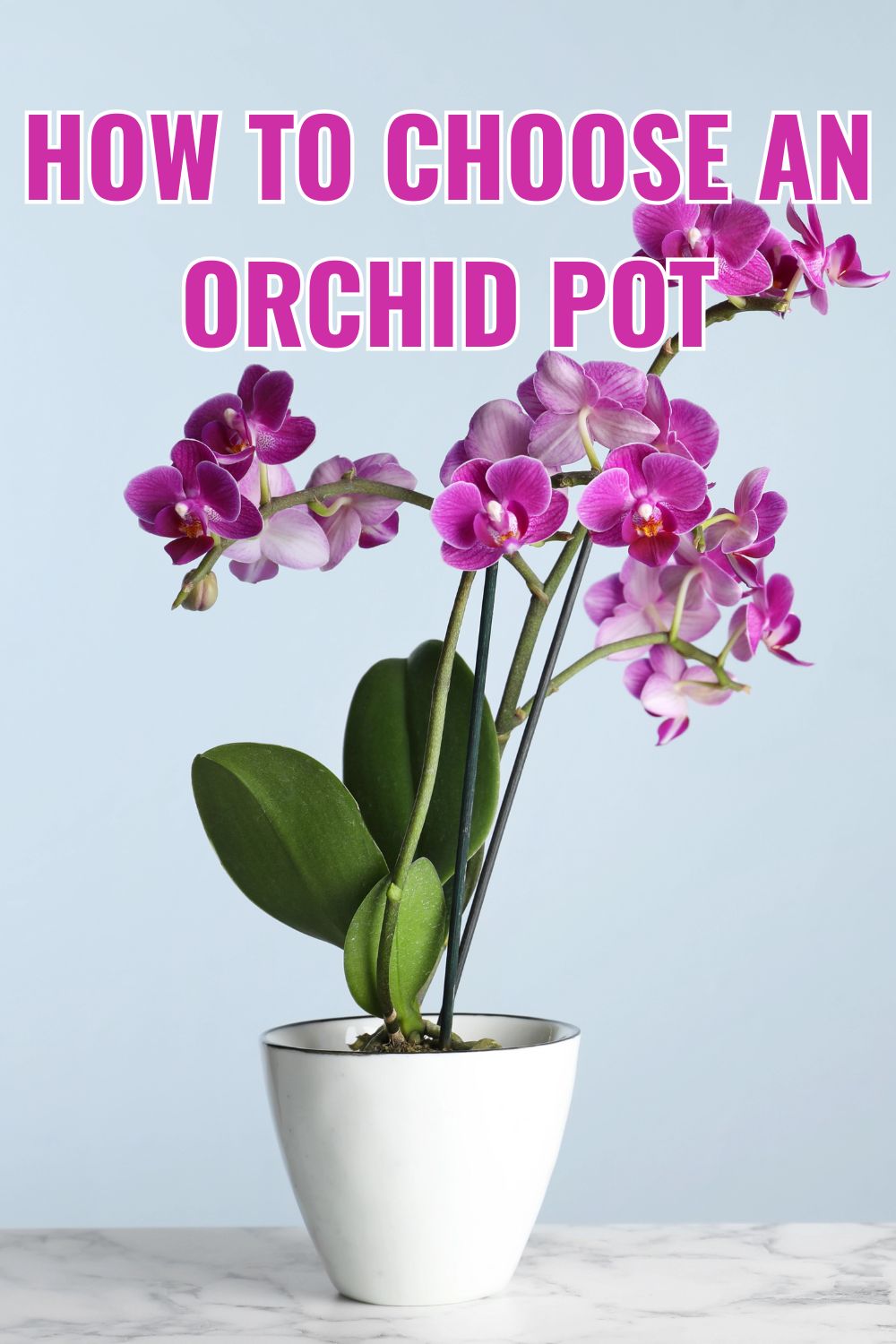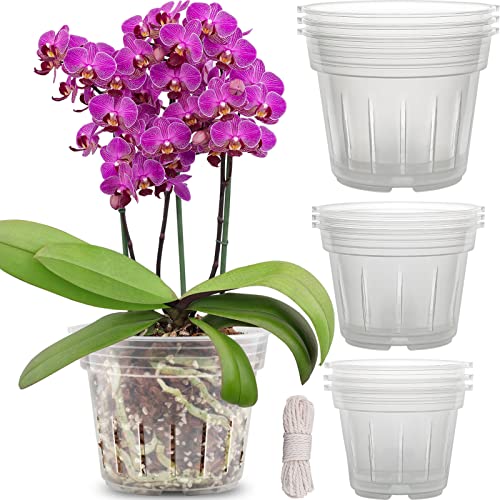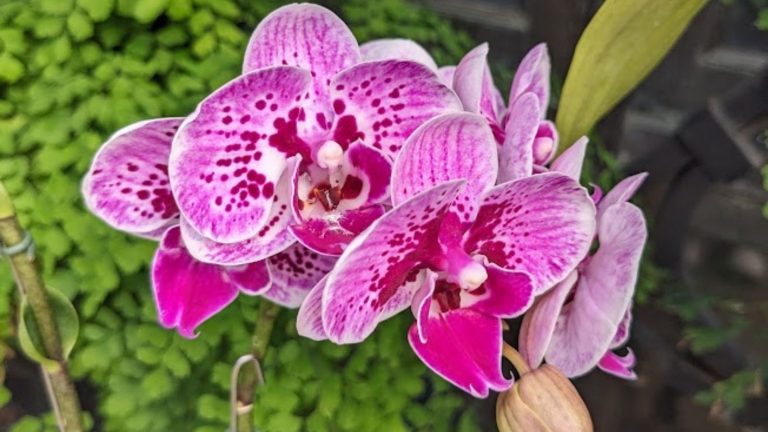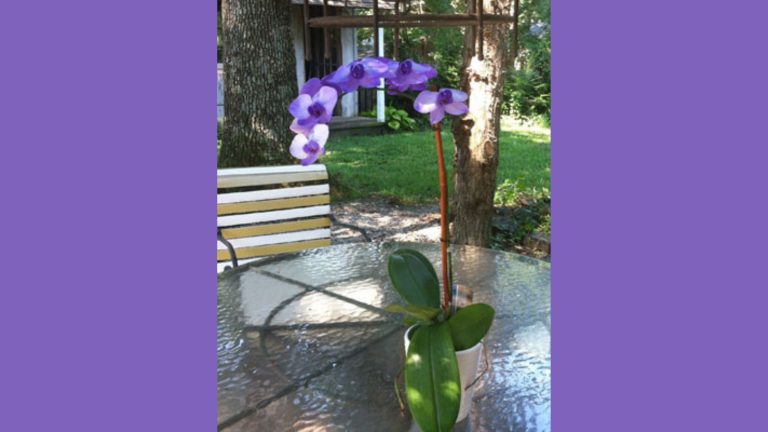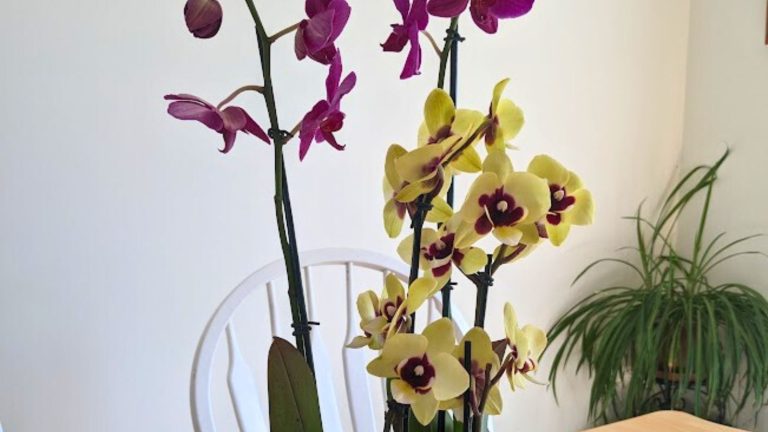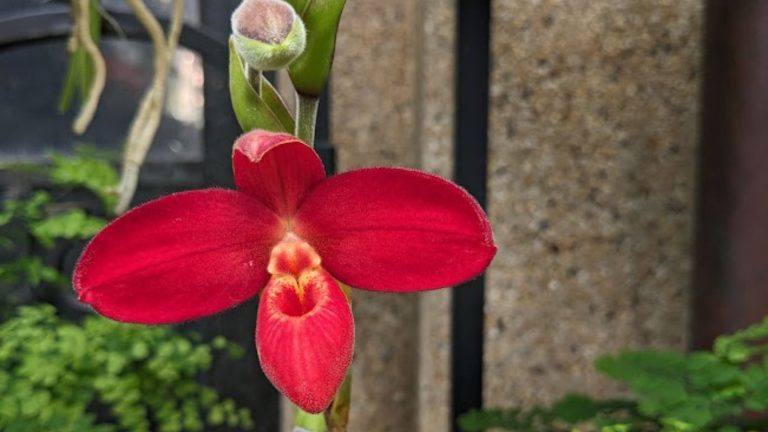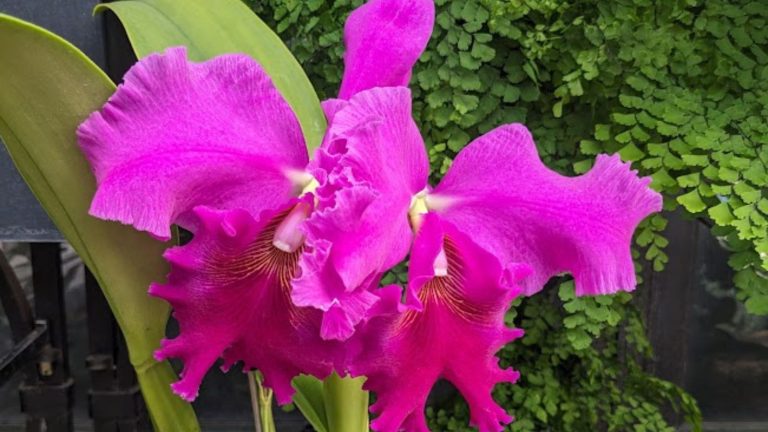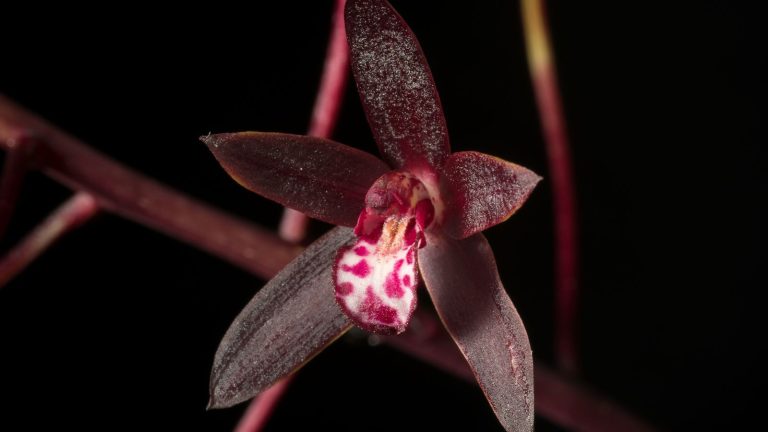How To Choose An Orchid Pot
The choice of orchid pot you use, the potting medium, watering, fertilizing, and location will all impact the success of your orchids. Let us have a look at the different containers that are available for orchid growing. The choice can be bewildering if you are a beginner to orchid growing. These are most commonly made from either plastic or terracotta clay.
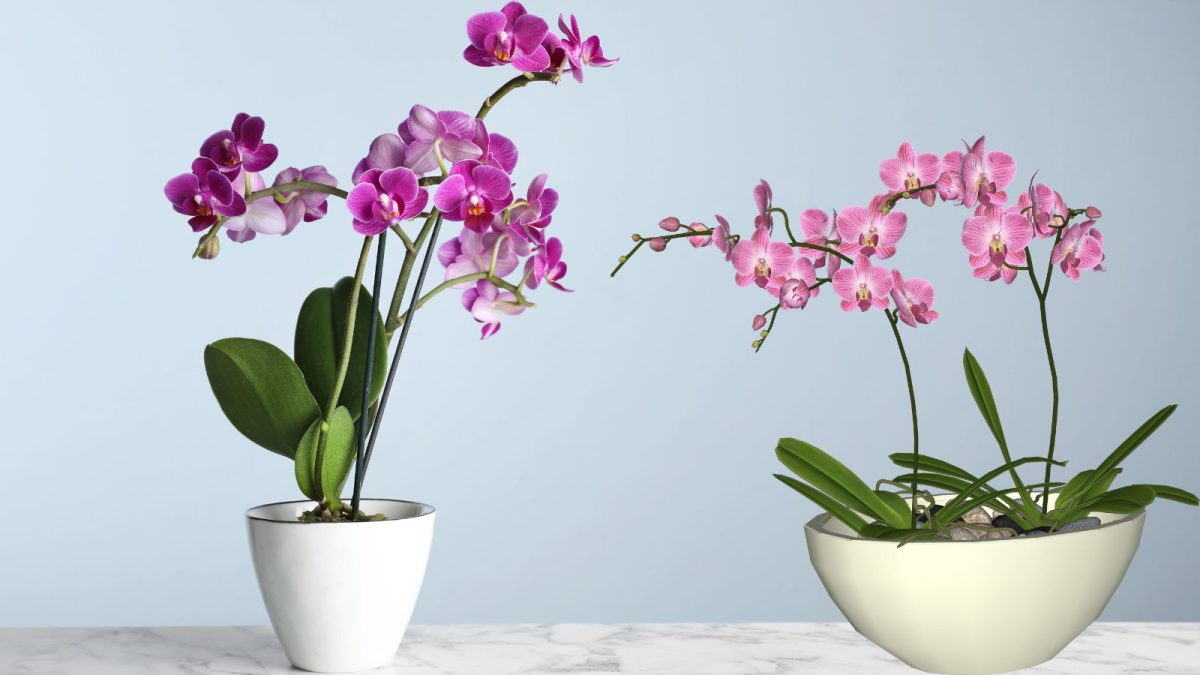
Different Types of Orchid Pots
Plastic Orchid Pot
A lightweight plastic pot, which may have several drainage holes, is more suitable indoors where it is far less likely to be blown over.
- The growing medium tends to dry out more slowly than in a clay pot.
- The best plastic pot has a thick wall that does not break easily, it is light in color, and does not heat up too much in strong sunlight. Clear polythene pots are becoming popular, allowing more light to reach the roots.
Terracotta Orchid Pot
- It is heavier and therefore more stable.
- It has one drainage hole in the bottom, although some specialist orchid pots have drainage holes on the sides.
- A succulent, drought-tolerant epiphytic orchid fares better in a clay pot, as the growing medium is less likely to become waterlogged.
Pots or large planters made from terracotta, wood, ceramic, or plastic are ideal containers for large, spreading orchids such as Cymbidia.
A terrestrial like the Chinese Cymbidium requires a tall orchid pot which can accommodate the very long roots (up to a meter!) that it can produce. Unrestricted root growth allows the orchid to store nutrients and water to sustain the development of superior flowers.
Jewel orchids such as Ludisia and Anoectochilus should ideally be grown in a shallow, broad pot as they spread over the surface. A glass terrarium would be ideal, where the orchids can wander however they like.
There are also varieties of orchids that are best grown and displayed in baskets at eye level.
Basket Orchid Pot
- A basket is suitable for orchids with pendant flowers, or heavy-rooted, sprawling orchids.
- A basket container is made of wire, plastic, mesh, wood, or pottery.
- It allows air to circulate around the compost and roots.
- A mesh orchid pot is essential for the successful blooming of Draculas because the inflorescence finds it easy to grow through the underside of the container.
- Orchids like Stanhopea, Gongora , and Acineta should be grown in open baskets so that their pendant flowers can be enjoyed to the full.
- You will need to ensure the orchids do not dry out in a basket.
As an orchid pot, the basket will need support blocks for your orchid. The most suitable materials are cork, or the bark of pine or oak. Place the plant compost in front of and behind the roots to do this. Tie the plant to the piece of bark so that no water can run into the center of the plant. You can tie up the plant with strips of ladies’ tights!
One tip is to be aware that the delicate roots of some orchids may penetrate the support block and make it challenging to repot your orchid.
When a plant becomes overgrown or begins to fall apart, just tie a new piece of bark to the old one so that the orchid grows onto this. Some orchids, like Oncidiums have slender roots that rapidly travel over the surface of the bark.
Lady-of-the-Night is the popular name for Brassavola nodosa, a night-fragrant white flowering orchid that grows well in a hanging basket. Position it where its night fragrance can be appreciated. It is drought-tolerant, but prefers additional water during dry spells.
The orchid Cattleya skinneri Hettie Jacobs can grow enormous in a basket and needs strong support. But it does produce clusters of lovely purple flowers between March and May.
The popular Bee orchid produces a wealth of golden yellow flowers even from a modest plant. A 20-inch (50-cm) wire basket with substantial pieces of bark will support a large plant of this kind.
You might like to plant a selection of moth orchids in a large basket for a superb show of long-lasting blooms, but these do not like strong sunlight. Or maybe try Vanda orchids, which provide flowers in all colors of the rainbow with huge blooms, some of which can be the size of a saucer. Vanda will produce a mass of lengthy roots hanging below the orchid pot, which you will need to spray with water daily. Do not be tempted to cut back these roots.
Be aware also that many orchids thrive on being pot-bound. Although it may look as if the roots are smothering the pot, their thick root system nourishes spectacular blooms. So do not be in a hurry to repot too soon!
Whatever type of orchid container you want, there is a wide range from which to choose. For anyone who loves orchids, there is immense pleasure to be gained from matching an orchid with an appropriate pot, choosing the right compost, light, and temperature, then watering and fertilizing. The careful balance of all these will lead to your ultimate success in orchid cultivation.
